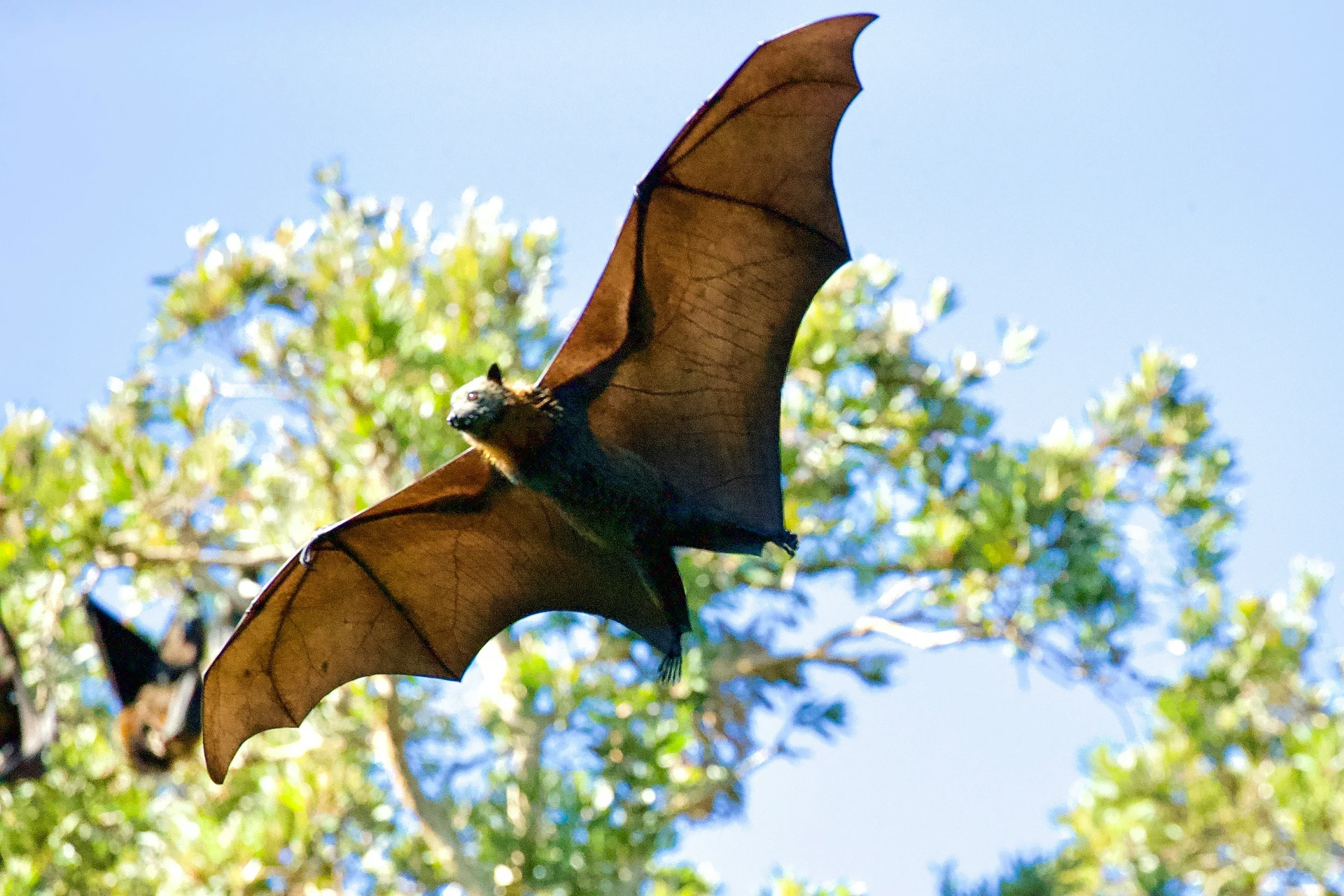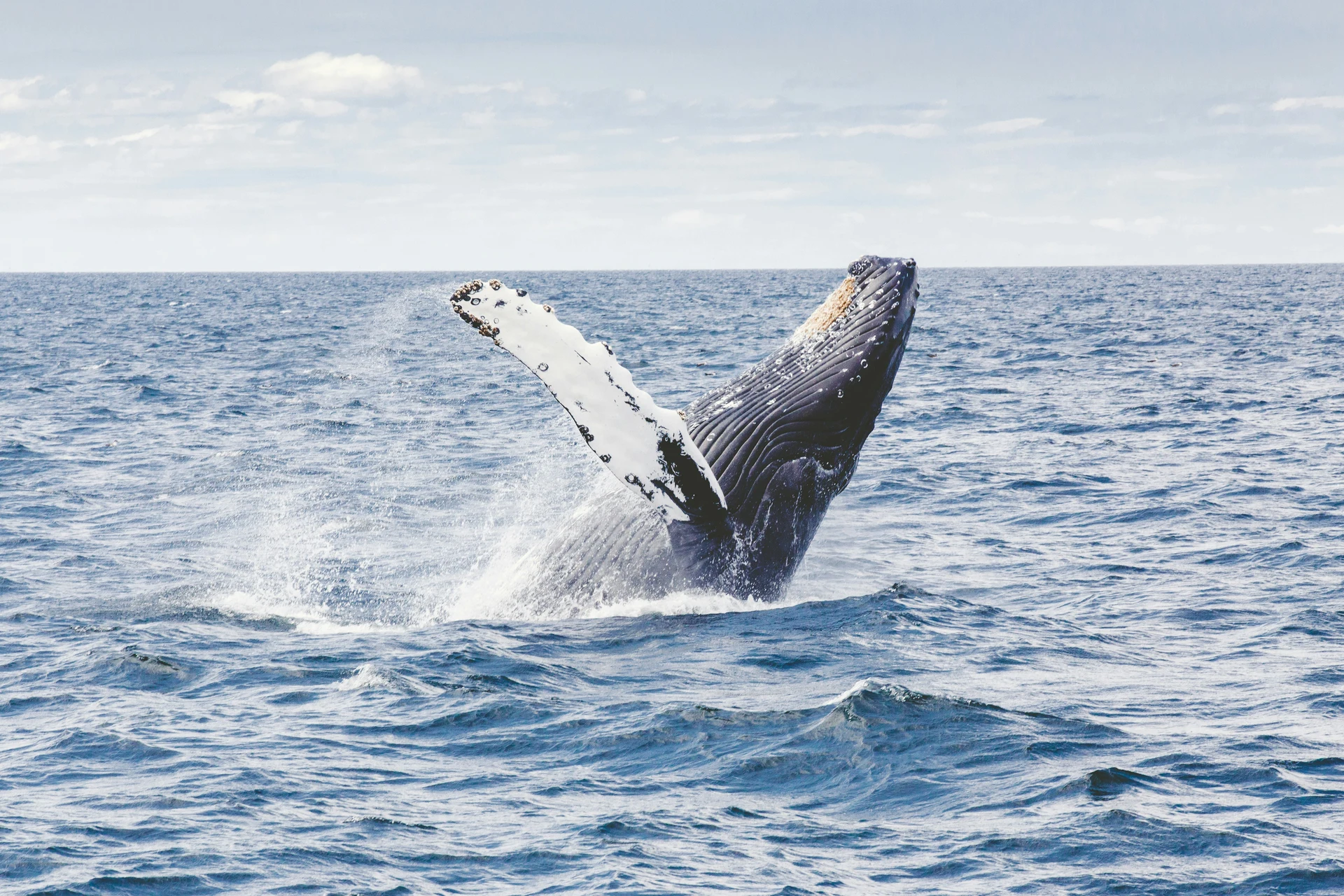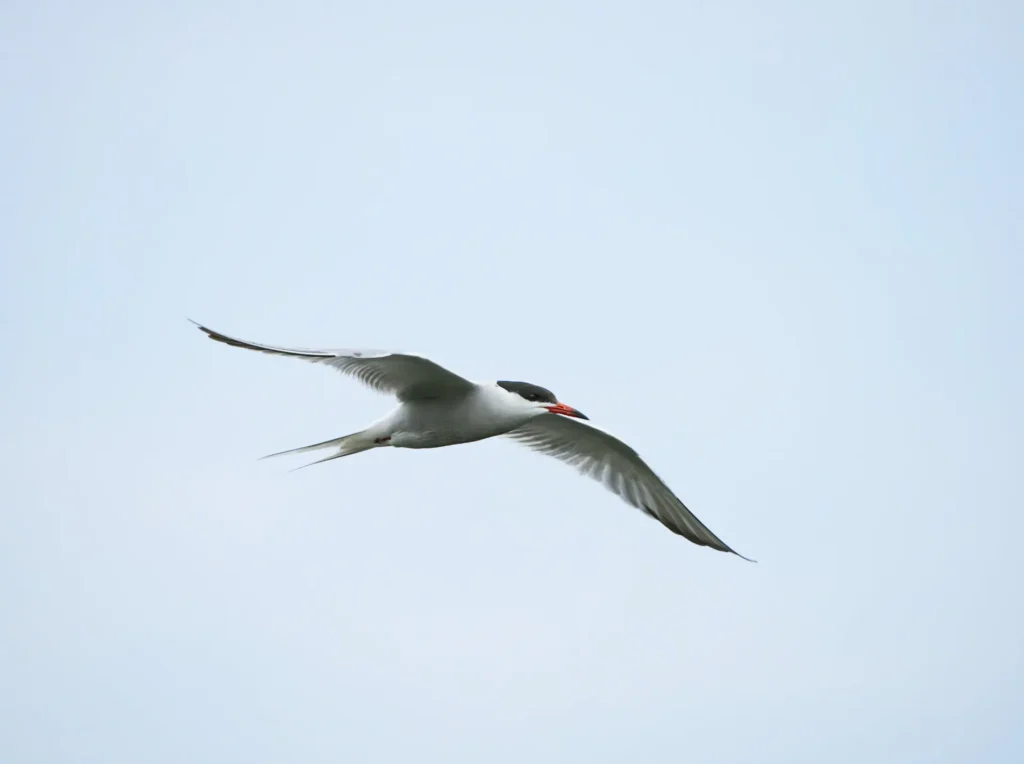Table of Contents
Have you ever pondered the intricacies of animal navigation and how it influences life across diverse ecosystems? In this article, we embark on a journey to unravel the mysteries of animal navigation. From the magnetic fields guiding birds across continents to the celestial cues steering sea turtles through vast oceans, we delve into the fascinating world of animal navigation strategies employed by creatures great and small. Join us as we explore echolocation in the dark depths, the resilience of blind animals, the marvels of migration, and the navigational prowess of marine creatures. Through examples spanning the animal kingdom, we unveil the secrets behind nature’s remarkable navigators.

Magnetic Fields: Nature’s GPS
Imagine possessing an internal compass that guides you effortlessly across vast distances. For certain animals, this is not a mere flight of fancy but a reality governed by animal navigation through Earth’s magnetic fields. Birds, renowned for their impressive migratory journeys spanning continents, harness the power of magnetoreception. Take the Arctic Tern, for instance, a champion migrator that navigates from its breeding grounds in the Arctic to its wintering grounds in Antarctica and back again, covering over 70,000 kilometers annually. By sensing subtle variations in Earth’s magnetic field, these avian adventurers chart their course with remarkable accuracy.
Sea turtles, too, rely on animal navigation through magnetic cues to guide their oceanic odysseys. After hatching on sandy shores, young turtles embark on epic journeys, traversing thousands of miles across oceans to reach feeding grounds or nesting beaches. The leatherback sea turtle, equipped with a magnetic compass encoded in its genes, navigates vast expanses of open ocean, returning faithfully to the beaches where it hatched to lay its eggs.

Visual Landmarks and Celestial Bodies
While some animals navigate by the invisible hand of magnetism, others rely on more tangible guides, such as visual landmarks and celestial cues, for their animal navigation. Picture the humble dung beetle, rolling its precious cargo across the savannah. Despite the vast expanse of the African plains, these industrious insects maintain a straight course, guided by the arc of the Milky Way overhead, using animal navigation skills. By aligning themselves with the faint glow of our galaxy, dung beetles ensure that their journey remains true, even under the cover of darkness.
In the avian realm, homing pigeons epitomize the art of animal navigation using celestial cues. Renowned for their uncanny ability to find their way home over vast distances, these feathered navigators utilize the position of the sun or stars as reference points for animal navigation. Through years of selective breeding and rigorous training, homing pigeons develop an intricate mental map of their surroundings, allowing them to navigate with unerring precision.

Echoes of Sound: Echolocation
In the realm of darkness, where vision fails, sound becomes a guiding beacon for animal navigation. Bats, masters of the nocturnal skies, emit high-frequency pulses of sound and interpret the returning echoes to navigate through the night. With pinpoint accuracy, bats dart through dense forests, hunting insects on the wing or navigating labyrinthine cave systems with ease using animal navigation techniques. Similarly, dolphins and whales utilize echolocation to map their underwater surroundings, emitting clicks and whistles that bounce off objects and provide vital information about their environment for animal navigation.

Navigation Without Sight
Blindness presents a seemingly insurmountable obstacle to animal navigation, yet nature has endowed certain species with remarkable adaptations to overcome this challenge. Consider the blind mole rat, a subterranean dweller that navigates through dark tunnels with ease using animal navigation techniques. Deprived of sight, these rodents rely on their acute sense of smell and touch to navigate through their labyrinthine burrows, avoiding obstacles and locating food with remarkable efficiency.
In the depths of the ocean, blind cavefish navigate through lightless caverns using a combination of sensory cues for animal navigation. By detecting subtle changes in water flow and pressure, along with chemical cues released by their surroundings, these fish navigate through their subterranean realm with surprising agility.

Migration Marvels
Migration represents nature’s grand spectacle, a testament to the extraordinary navigational abilities of countless species using animal navigation skills. Monarch butterflies, with their delicate wings, embark on epic journeys spanning thousands of miles, from the forests of North America to the mountains of Mexico. Guided by a combination of innate instincts and environmental cues, these majestic insects navigate with precision, arriving at their overwintering grounds year after year.
On the African savannah, vast herds of wildebeest undertake perilous migrations in search of greener pastures. Despite facing predators, rivers teeming with crocodiles, and other hazards along the way, these ungainly travelers navigate with astonishing coordination, following ancient migratory routes etched into their collective memory using animal navigation methods.

Navigating the Depths
Even in the watery depths of the ocean, where light dwindles to nothingness, marine animals exhibit navigational prowess beyond compare using animal navigation skills. Humpback whales, renowned for their haunting songs and acrobatic displays, embark on epic migrations spanning thousands of miles. By orienting themselves with the aid of Earth’s magnetic field and celestial cues, these leviathans navigate with unerring accuracy, returning to the same breeding grounds year after year.
Similarly, sea turtles undertake remarkable journeys across oceans, guided by a combination of magnetic fields, ocean currents, and celestial cues for animal navigation. From the shores of remote islands to the open expanses of the sea, these ancient mariners navigate with precision, embodying the enduring mysteries of the natural world.
Learn More!
In conclusion, the realm of animal navigation is a testament to the ingenuity and adaptability of life on Earth. From the skies to the depths of the ocean, creatures employ a myriad of strategies to traverse their environments with precision and grace. Whether guided by magnetic fields, celestial bodies, or sensory cues, animals navigate with a sophistication that continues to inspire awe and wonder. As we marvel at the migrations of birds and the echolocation of bats, let us remember the intricate dance of life that unfolds in every corner of our planet.
To delve deeper into the world of animals, explore our categories on birds, mammals, and reptiles, or discover fascinating posts like “Great Range of Animal Speed in 7 Species” and “Cats’ Domestication: 4.000 Years of Captivating History!” Join us in celebrating the diversity and wonder of the animal kingdom, where every creature is a master navigator in its own right.
F. A. Q. about Animal Navigation
How animals navigate?
Animals navigate through a variety of methods, including magnetoreception, visual landmarks, celestial cues, echolocation, and sensory cues such as smell and sound.
What animals use magnetic fields to navigate?
Animals such as birds, sea turtles, and certain insects rely on Earth’s magnetic field for navigation.
How do blind animals navigate?
Blind animals utilize alternative sensory cues such as smell, touch, and sound to navigate through their environments with remarkable precision.
Do animals use stars to navigate?
Yes, animals such as homing pigeons use celestial cues like the position of the sun or stars for navigation, especially during long-distance migrations.
How do animals navigate during migration?
During migration, animals rely on a combination of innate instincts, environmental cues, and sensory abilities to navigate across vast distances to reach breeding or feeding grounds.
Can animals navigate underwater?
Yes, marine animals exhibit remarkable navigational abilities even in the depths of the ocean, relying on magnetic fields, celestial cues, and environmental cues to traverse the ocean depths.


